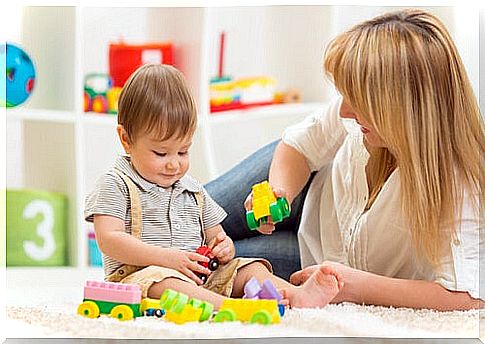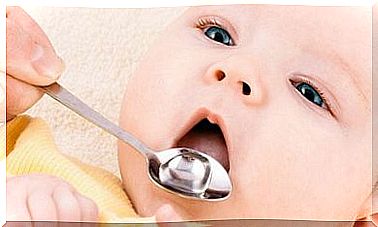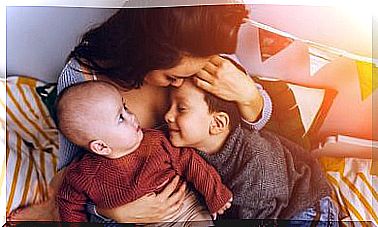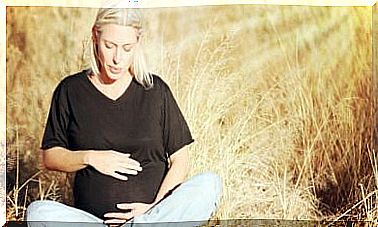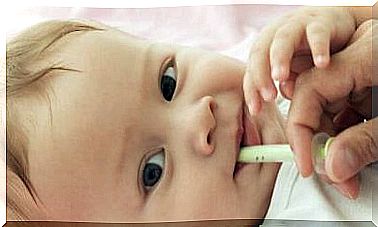Landau Reflex: What Is It And How Is It Evaluated?
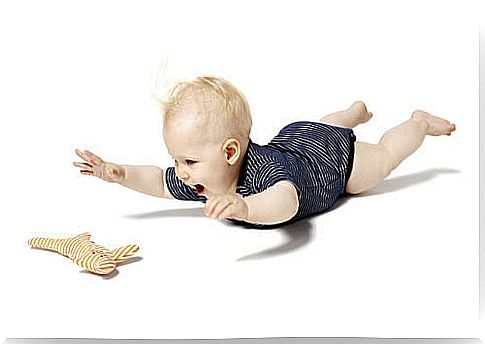
The Landau reflex is another of many that occur in the first months of a baby’s life. It is an expression, together with the appearance of other characteristic reflexes of each age, of an efficiently functioning nervous system. Below we review what it consists of, its characteristics and what other reflexes can be evaluated in the first months.
Like any other, the Landau reflex is an involuntary response to a stimulus. Reflexes are acts that we have incorporated into our body. We carry them in our DNA, since their main function is to allow the adaptation of the person to the environment that surrounds him and with which he interacts.
They can be primary, that is, those with which we are born, such as yawning, sneezing or blinking. Or secondary, that is, those that we “learn” in the course of our lives.
To evaluate the Landau reflex, the baby is placed in a ventral position (face down) on our arm, forming a right angle with our forearm. Given this, the baby should straighten his trunk and raise his limbs and head.
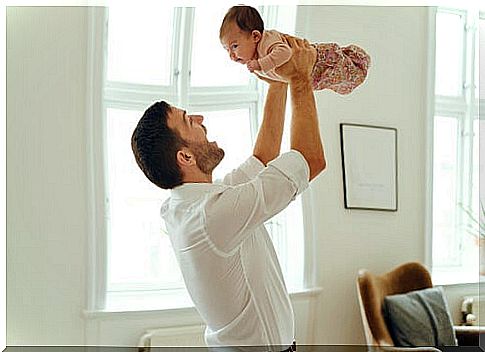
Generally, these movements are accompanied by bending of the knees and elbows. What the baby tries to do with these actions is to counteract the effect of gravity, while looking forward to find a visual reference point.
Properties of the Landau reflex
- It appears during the fourth month of life and goes away around two years of age, although many researchers consider it finished just after the first year.
- Represents the combination of tonic-labyrinthine, neck tonic and visual reflexes.
- As the baby develops voluntary and conscious movements, this reflex begins to become less noticeable.
- The most advisable thing is that it be practiced by a specialist. The reasons are twofold: first, he will be able to evaluate the baby’s responses better; second, if you are not skilled at controlling the baby’s movement, the baby could fall or suffer some sudden or inopportune movement.
What can the absence of a reflection mean?
The absence of this response may suggest motor weakness on the part of the baby, for which it will be necessary to exercise their motor development in a corresponding way, or a lower mental maturation. The best thing in these cases is to consider the steps to follow for the pediatrician.
Doctors test for these reflexes very early in life in babies. This evaluation is not only quantitative, it is also qualitative. That is, not only the presence of a reflex is recorded, but also its execution, even if it is totally involuntary.
If the expected reflection does not appear, it could be an indicator of a certain type of deficiency. If the movement is weak, it could be a sign of muscle weakness; if it is exalted, it may be the result of a withdrawal syndrome; or, if it is asymmetric, it could be a sign of a clavicular or nerve root injury, among several other possibilities.
Other secondary reflections
The Landau reflex is not the only characteristic of the first months of life of babies. Among the main ones, we can also name:
- The grasp reflex : it occurs when the baby clenches his fist to catch your finger or any object that you bring him closer to.
- Gait reflex : the baby tries to walk when his feet touch a hard surface.
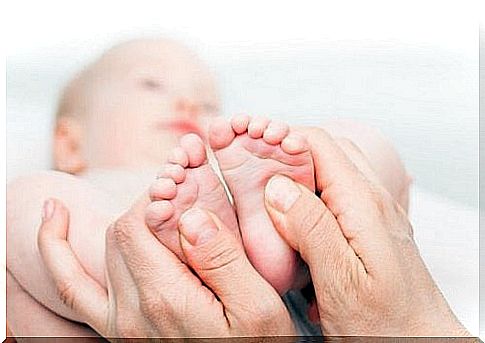
- Galant reflex : lying face down, stroking or tapping on the side of the spine. The baby turns to where it is touched.
- Abdominal reflex : like the previous one, but face up. Instead, the abdominal area is stimulated. This should cause the trunk to bend.
- Drag reflex : we must lay the baby face down. Thus, he will try to move his legs to start crawling. The normal thing is that this reflex is present until 3 months of life, prior to the definitive crawling.
All reflexes have an evolutionary function and their presence is a good indication of the baby’s health. The absence of any of them could suggest difficulties or complications in the child. Therefore, if this happens, it will be necessary to go to a specialist to investigate the causes and propose the most appropriate guidelines to follow.
